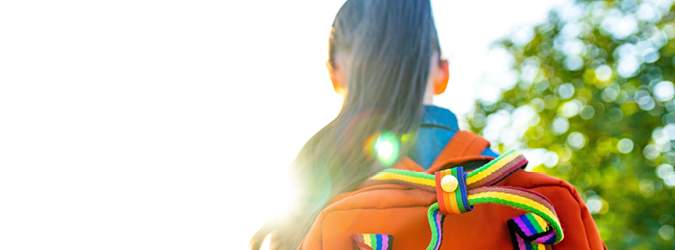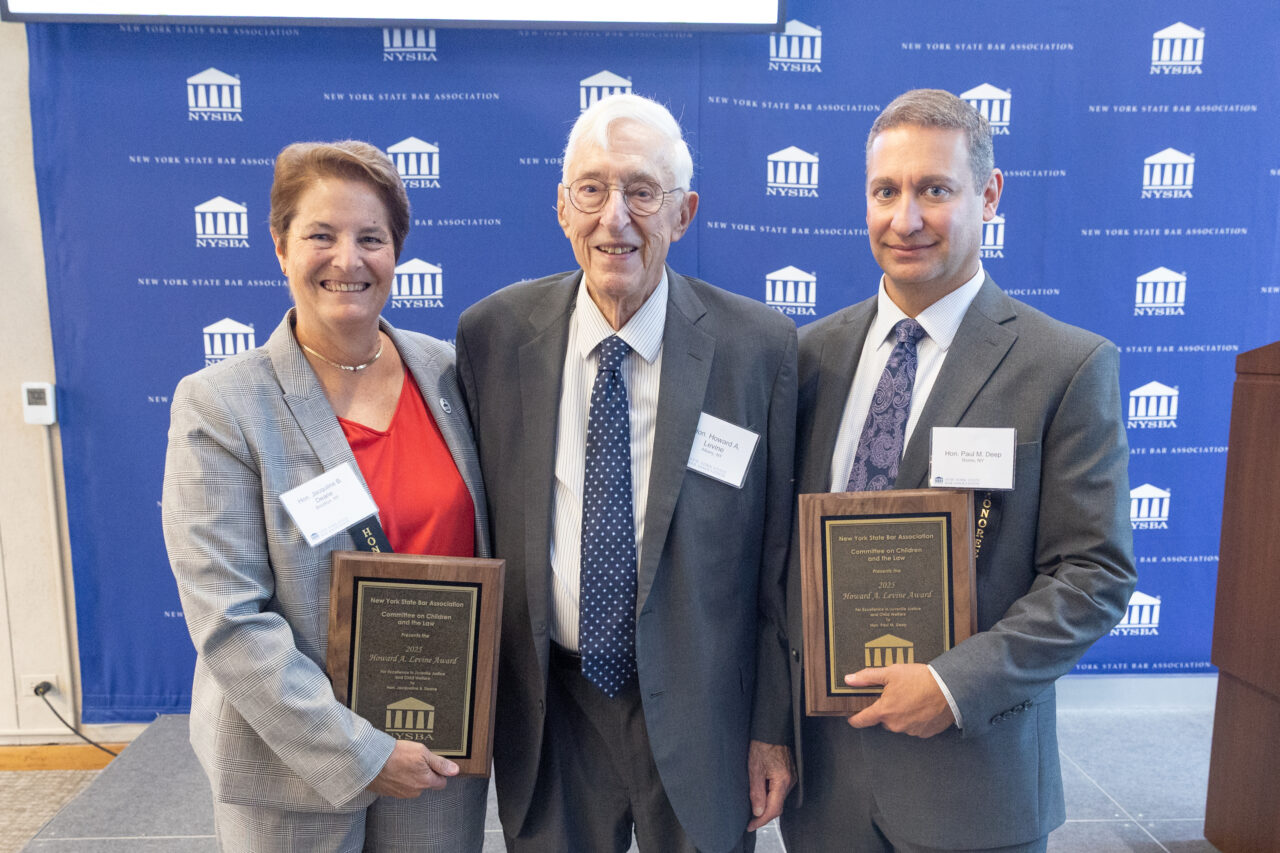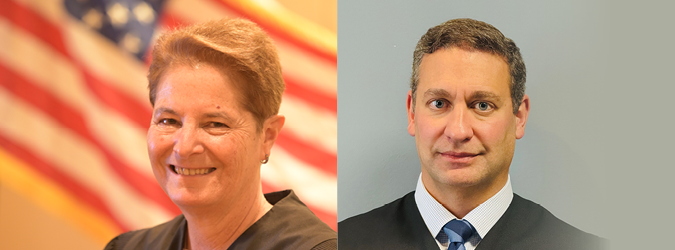More LGBTQ+ Youth Are in Foster Care and They Need Support
6.20.2024

More than one-third of the children in the New York City foster care system are LGBTQ+, according to the city’s Administration for Children’s Services. At an informational session presented by the New York State Bar Association, panelists discussed the challenges facing these children and how lawyers, court personnel, and foster care agencies could best meet their needs.
The panelists were:
- Peter F. DeLizzo, judge at Richmond County Family Court, 13th Judicial District of New York.
- Steven Gordon, director of LGBTQ+ Equity Strategies at the Administration for Children’s Services’ Office of Equal Strategies.
- Alexander Roque, president and executive director at the Ali Forney Center.
- Jonah DeChants, senior research scientist at The Trevor Project.
- Peter Karys, director of Youth Counseling and Support at The Center.
- Yevgeniya (Jane) Kuznetsoff, court attorney at Richmond County Family Court, 13th Judicial District of New York.
Kuznetsoff moderated the discussion.
“The gay kid in foster care or the criminal justice system is not an anomaly,” said DeLizzo. He added that he has had cases where LGBTQ+ children did not want to go to back foster care or their own homes because of mistreatment. LGBTQ+ youth also often find themselves driven out and rejected by their families because of their identities.
Up to 40% of the homeless youth population in New York City identify as LGBTQ+. In addition, homeless LGBTQ+ young people experience higher rates of sexual assault, domestic violence, trauma, HIV+ infection, and mental health issues compared to their cisgender, heterosexual counterparts.
“We do not believe young people are inherently more mentally ill because of their LGBTQ+ identity,” said DeChants. “What we believe, and what our data show, is actually the increased rates of suicide risk and mental health symptoms that we see among LGBTQ+ young people, are the result of all sorts of different factors going on in their environment, including a lot of stress due to their minority identity and minority status.”
DeChants added that other factors contribute to this stress as well, including housing instability, racial prejudice, and poverty.
“Homophobia and transphobia by a parent is child abuse,” said Roque. “Our systems fail our kids once they are rejected by their families because of their identity. We’re not looking for kids to be moved from their homes, we’re looking to help families to do better by their kids.”
Roque also said that 50% of the Ali Forney Center’s homeless LGBTQ+ clients come from outside of New York State, including 10% coming from outside of the United States.
Gordon said that every foster parent in New York City has to take training to learn about how to create a safe environment for LGBTQ+ youth. “Every single child has a sexual orientation or a gender identity,” he said. “Every single foster parent needs to know how to talk to their child about sexual orientation or gender identity, even if the child is cisgender and heterosexual.”
Panelists said lawyers are welcome to reach out for resources, training, and advice for situations concerning LGBTQ+ youth in family court and foster care.
“You’re my eyes and ears,” said DeLizzo. “You’re telling me what’s going on. As an older gay man, these were not the conversations we were having in the 1980s… So at least we’ve made some progress that stuffy guys like me are willing to entertain this issue and bring it forward so that the lawyers, the caseworkers, the judges are aware of what these kids are going through.”
The program was sponsored by the LGBTQ+ Law Section, the Family Law Section, the Local and State Government Law Section, and the Committee on Diversity, Equity, and Inclusion. Watch the full session here.






